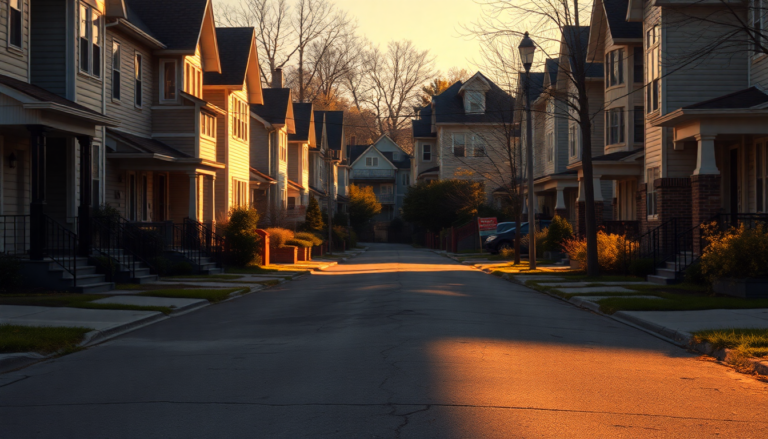Argomenti trattati
Let’s face it: the U.S. housing market can feel like an uphill battle for anyone thinking about buying a home. With a glaring mismatch between the number of homes available and the eager buyers out there, it’s no wonder prices are soaring, often exceeding what a property is genuinely worth. To top it off, interest rates are hitting record highs, making things even tougher for potential homeowners—a trend that’s been hanging around for years. But as we turn our sights toward 2025, new research is unveiling a shifting landscape of affordability across American cities, offering both challenges and opportunities for those on the hunt for a new pad.
What’s Changing in Housing Affordability?
According to fresh insights from InvestorsObserver, the map of affordable living in America is rapidly contracting. Their extensive study, which looked at fifty of the largest neighborhoods in the country, highlights where homebuyers can find the best—and worst—affordable options in 2025. This research reveals a nationwide trend that underscores how housing affordability is becoming a pressing issue, particularly impacting non-family households more than married couples. Isn’t it interesting how the dynamics of the market can shift so dramatically?
Before the pandemic even hit, we were already witnessing a decline in affordability. And while some relief is expected in 2025 thanks to rising incomes, housing costs are projected to keep climbing faster than average earnings. This scenario paints a tricky picture for aspiring homeowners, who now have to navigate a landscape where many neighborhoods are slipping further out of reach. How will they adapt?
Digging Into the Data
Taking a closer look at the numbers, it’s clear that the affordability crisis is particularly severe in California, which is home to five of the ten least affordable cities. For instance, Los Angeles is a standout example, with a staggering 93.7% of its neighborhoods marked as unaffordable for the average married couple. Even more alarming, that figure skyrockets to a jaw-dropping 99.9% for non-family households. This stark contrast really drives home the struggle between income and housing costs: while the median income for married couples in L.A. is around $118,767, non-family households bring in only about $61,896 annually. Can you see the disconnect?
Providence, Rhode Island, isn’t far behind, with 89.8% of its neighborhoods unaffordable for married couples and a staggering 99.3% for non-family households. These figures highlight the growing gap between income levels and housing prices, leaving many would-be buyers in a precarious position. What does this mean for the future?
Spotlighting Unaffordable Cities
New York City, notorious for its steep cost of living, shows no signs of improving affordability. In fact, 88.5% of its neighborhoods are deemed unaffordable for married couples, while the figure jumps to 98.3% for singles. Similarly, in San Diego, the situation remains bleak, with 82.3% of neighborhoods out of reach for married couples—a slight improvement from 2024, but still a tough reality for non-married home seekers, who face unaffordability in 99.1% of neighborhoods. How do these numbers affect your perception of these cities?
Meanwhile, cities like Sacramento and several areas in Texas are also reflecting this trend. In Sacramento, despite an average income of $125,565 for married couples, 78.4% of neighborhoods are still labeled unaffordable. Texas, once celebrated for its affordable housing, now presents a surprising scenario, with 75.9% of neighborhoods unaffordable for married couples and a staggering 98.2% for non-family households. Isn’t it fascinating how the market can change in unexpected ways?
Looking Ahead: What’s Next?
For those still clinging to hope for affordable housing, there are a few cities that stand out for having relatively lower barriers to entry. While these areas aren’t completely immune to the overarching trends of rising costs, they do offer a glimmer of hope for potential homeowners eager to enter the market. Where will you look first?
As we gear up for 2025, it’s crucial for prospective buyers to keep their fingers on the pulse of these trends and think about the broader implications of housing affordability on their futures. Understanding the market dynamics will be key to making informed decisions in this ever-evolving landscape. Are you ready to navigate these changes?

